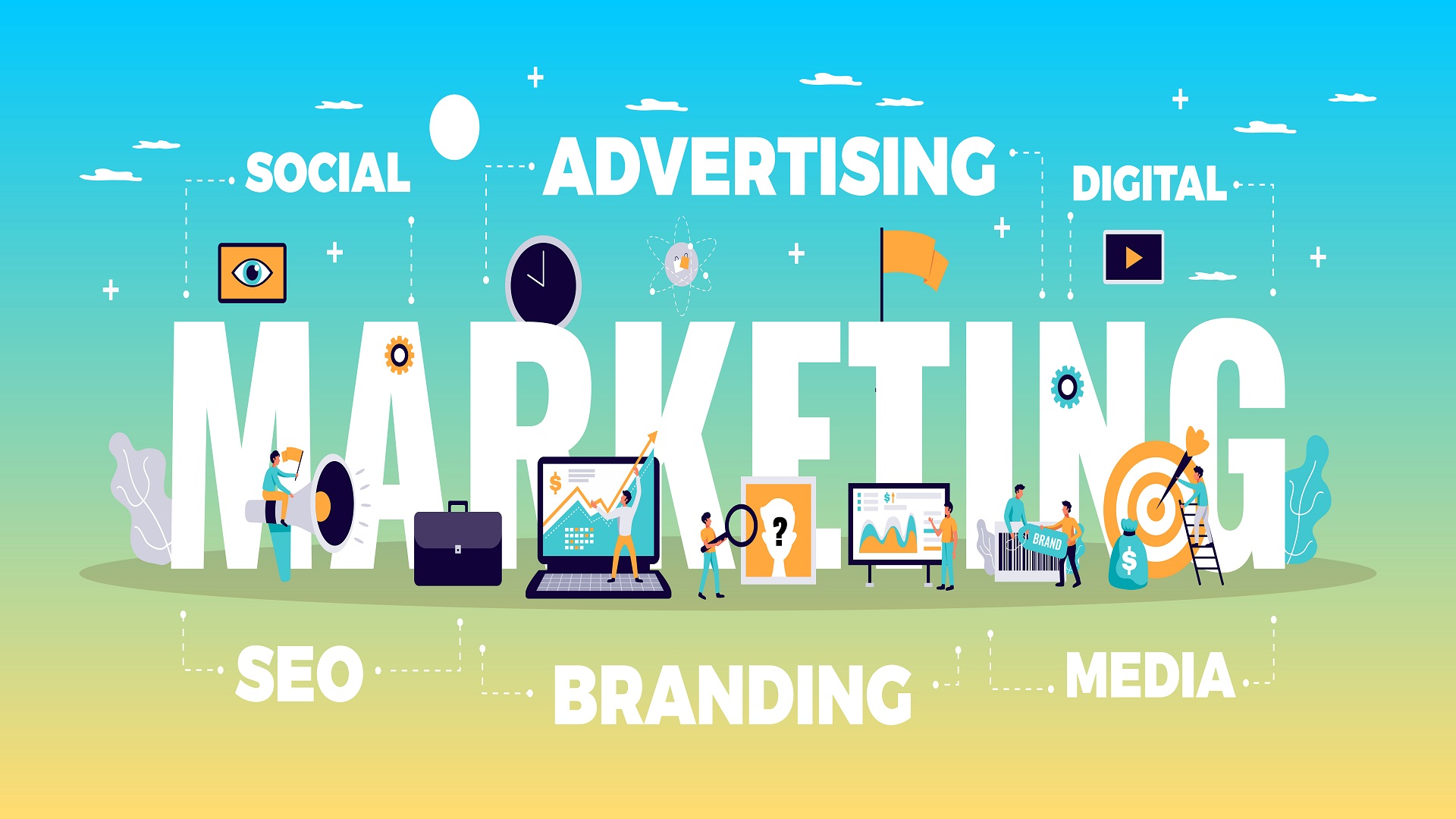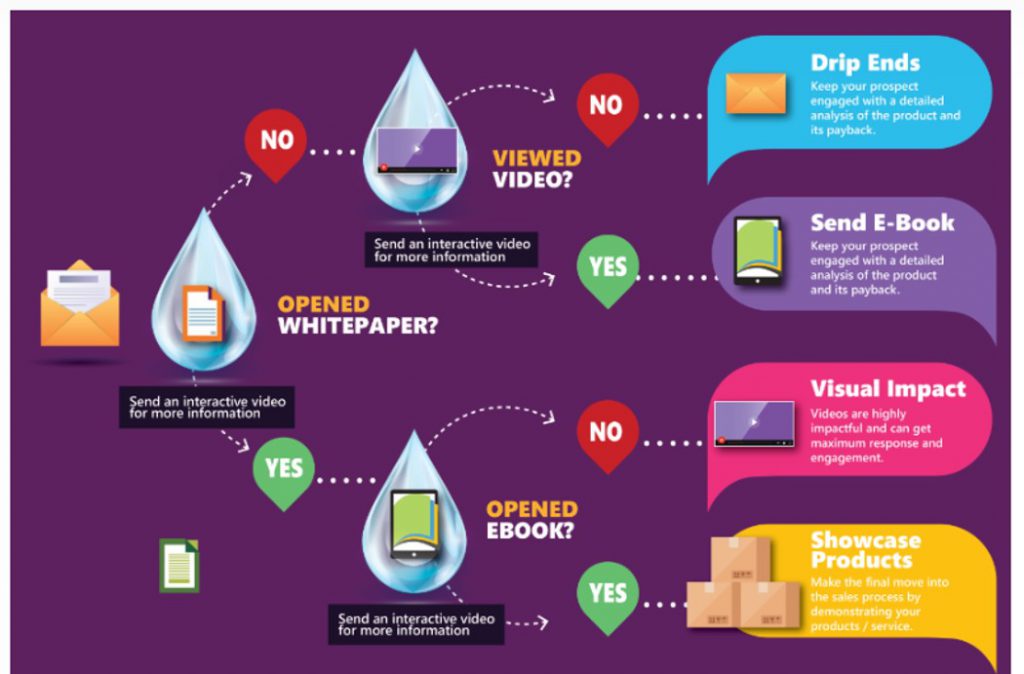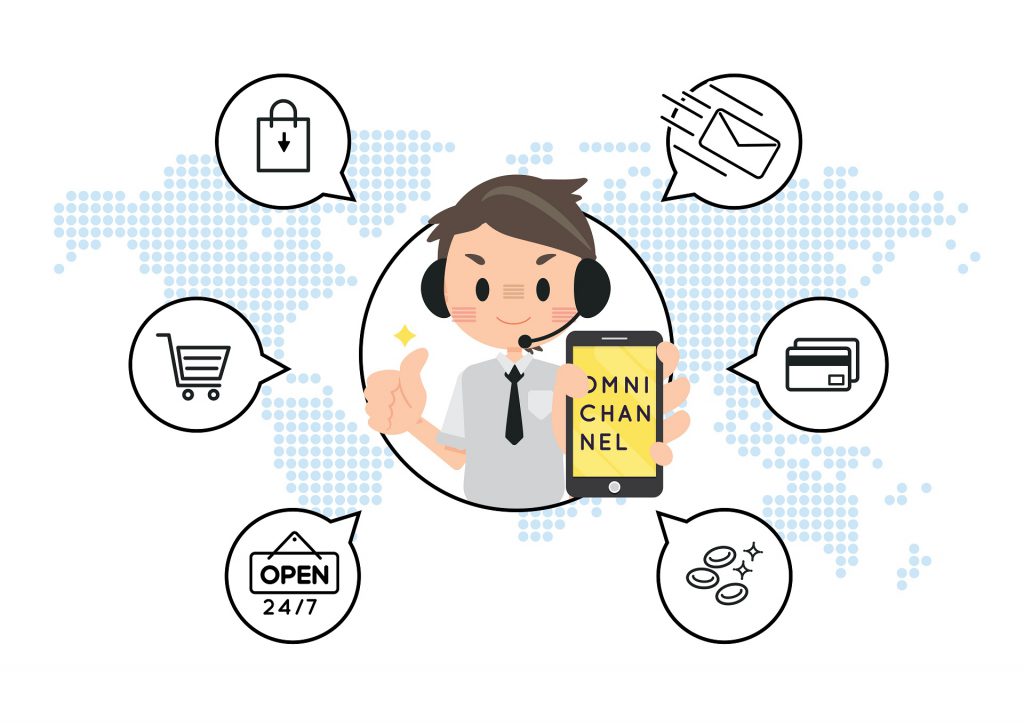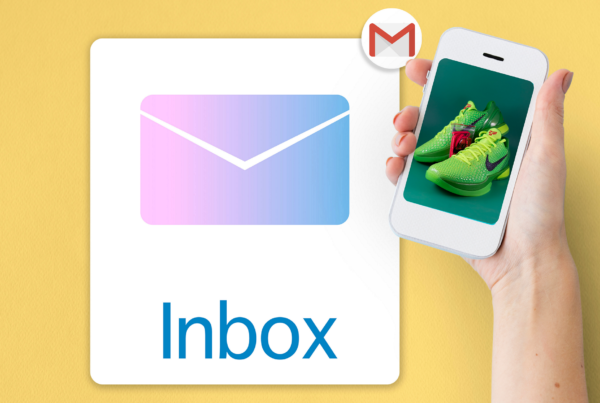
If your business needs to attract and retain customers — and what business doesn’t? — marketing and selling are key activities in which you find yourself engaged. And while there’s no limit to the approaches you can take to make prospective customers aware of your offerings, and then transact with them once they are persuaded and inclined to buy, you need to ensure your company’s marketing budget is wisely spent.
One approach that’s recently received a lot of attention is marketing automation, which is a subset of customer relationship management (CRM), focusing on software used for defining, segmenting, scheduling, and tracking personalized marketing campaigns.
A properly configured marketing automation solution like Factoreal makes that easy by segmenting, nurturing, defining triggerable actions, and automating your communications with prospects and customers alike.
Specifically, the following tasks can be automated and thoughtfully accomplished with marketing automation software:
- Behavioral Tracking: The tracking of a consumer’s online activities over time — including the searches the consumer has conducted, the web pages visited, and the content viewed. This enables the business to deliver advertising targeted to the individual consumer’s interests.
- Email Marketing: Any electronic mail message with the primary purpose of advertising or promoting a commercial product or service, including email that promotes content on commercial websites.
- Lead Generation: The initiation of consumer interest or enquiry into products or services of a business.
- Lead Management / Nurturing: Developing relationships with leads, including caring for and encouraging them throughout the buying process.
- User Onboarding: The process of improving your customer’s success with using your products or services.
- Customer Retention: Your ability to retain customers over a specified period.
- Social Media Marketing: The use of social media platforms (e.g., Facebook, LinkedIn, Instagram, Twitter) and websites to promote a product or service.
- Analytics / Performance Monitoring: A set of automated processes using third-party tools to determine how consistently your digital marketing and sales efforts are performing.
- Cross-Selling / Up-Selling: The action or practice of attempting to sell additional products or services to an existing customer, based on data suggesting the customer would be interested in the product or service you’re attempting to sell.
- Retargeting: A form of targeted advertising delivered online, made possible by relying on previously collected and stored information about the lead or customer’s prior online activity.
- Resource Management: The efficient and effective development and deployment of your organization’s resources, such as technology, inventory, and content, when they are needed.
- Campaign Management: The planning, execution, tracking, and analysis of marketing and sales initiatives.
When these features are made available and are properly configured within a marketing automation solution (i.e., marketing software delivered as a service), communicating with prospects and customers through relevant and targeted communications is a snap.
The Role of Workflows in Marketing Automation
The x-factor for anyone interested in automating their marketing activities is what’s known as workflows — prebuilt and technologically configured sequences of communications that are typically delivered by email or text and sent using automation triggers found in all marketing automation software. Automated workflows are the essence of marketing automation platforms, and while their setup and deployment are marketed as being as easy to use as a kitchen sink, most workflow-related tools found within marketing automation platforms can be difficult to configure, populate with relevant content, align with audiences, and properly schedule for delivery and follow-up.
Regardless of the learning curve, thoughtfully crafted workflows like the one illustrated in the graphic below, drive successful business transactions in objectified and measurable ways.

As the above graphic illustrates, marketing automation workflows are based on if then scenarios. For example:
- If an initial email message containing an offer to download a white paper is opened and the user downloads the white paper, then a follow-up email containing access to an eBook is automatically sent.
- If the eBook is downloaded, then a follow-up email containing an offer to participate in an online demonstration is sent.
- If the eBook isn’t downloaded, then a follow-up email containing access to an interactive video is sent.
- If the initial email containing the offer to download a white paper isn’t opened within a prespecified period of time — say 36 or 48 hours — then a follow-up email message containing access to an interactive video is issued.
- If the interactive video is viewed, then a follow-up message containing an offer to download an eBook is issued.
- If the follow-up email isn’t opened or the interactive video isn’t played, then then workflow ends.
These automations are baked into the workflow, which is set up and configured beforehand inside the marketing automation software. By tracking whether an email message is opened, a link is clicked, a landing page is visited , a file is downloaded, and video is played, the workflow automatically knows what to do next.
Marketing Automation and Omnichannel Marketing

Nowadays, your prospects, one-time customers, and repeat buyers are all using multiple devices and venues to learn about, research, compare, and purchase or use your products or services. Smart businesses and brands provide these audiences with an integrated customer experience, regardless of which venue they land in or use.
Take Chase bank for example. Whether you walk into one of Chase’s 5,100 retail locations, use one of their 16,000 ATMs, login to your account from a web browser, or use the Chase app on a mobile device, the user experience is nearly identical. Let’s begin with the color palette (bright navy blue and eerie black) and octagon-shaped brand mark, then continue through to the consistency of the fonts and images used through each touchpoint with the brand, and end with personal interactions with employees that are engaging and helpful.
As you can see, Chase goes out of its way to ensure the complex nature of banking is familiar and simplified. At Chase, if you use one of their ATMs or their mobile app to deposit a check, the focus on the omnichannel experience ensures your interaction is the same.
Similarly, let’s say someone lands on your website, subscribes to your eNewsletter, and views one of your product pages, but then becomes distracted and leaves the site. In this scenario, your marketing automation solution — if properly configured and permissioned to log activity occurring on your website — can help you reconnect with that same person when they’re visiting another web-based property, like Facebook for example.
Here, when your marketing automation platform is able to detect the Facebook visit, it can be configured to display a native advertisement or excerpt from one of your blog posts right in the user’s News Feed. By integrating with Facebook Shops — a customizable storefront that lives within your company’s Facebook profile — you’re able to help the prospective buyer make their purchase in the now, without having to revisit your website. By the same logic, Facebook could display an advertisement for the product that was originally viewed on your website, but instead of sending the user back to your website, you can A/B test by sending a certain percentage of the traffic to Amazon, where your prospect may already have an account and likely feels more comfortable making the purchase.
As you can see, when you choose an omnichannel approach to marketing, it helps to have a marketing automation solution that’s able to easily integrate with third-party platforms, thus unifying the branded look and feel of your offers, as well as offering retargeting opportunities based on previously logged activities. At the same time, you are simplifying the customer’s journey with respect to purchasing your products or services.
Marketing Automation Use Case — Patient Feedback in Healthcare
Up until now, everything we’ve presented could be viewed as theoretical. It sounds nice if marketing automation could actually work as described above. Fair enough. Here’s a use case of a marketing automation campaign / workflow that’s currently used by thousands of companies in hundreds of sectors all across the globe:
These days, nearly every business is interested in receiving feedback directly from its customers. This is especially true of healthcare organizations, where patient experiences can make or break a practice’s reputation. If the feedback is negative, the practice administrators would rather receive it themselves than have it posted online in the form a one- or two-star review on Yelp, Google, or Facebook. That’s where running an in-house feedback campaign comes into play.
Here’s how it works, along with how a marketing automation platform is used to power the campaign:
- At the end of each day, all patients who booked and completed their appointment receive an email message (powered by the marketing automation platform) requesting feedback on their same-day visit.
- Clicking on the link in the email (to provide feedback) results in the patient arriving at landing page (powered by the marketing automation solution) containing a survey form with two questions:
Question No. 1: Please tell us how would you rate today’s visit with <insert physician’s or practice’s name>?
1 (worst)
2
3
4
5 (best)
- For patients who rate a 4 or 5 out of 5 stars, they receive a follow-up email (powered by the marketing automation platform) within 24 hours thanking them for their time and asking if they’d like to leave a review for the physician or practice on Yelp, Google, or Facebook.
- For patients who provide a score of 3 out of 5 stars, the marketing automation platform sends a follow-up email message asking what the practice could have done to ensure they were completely satisfied.
- For patients who score 1 or 2 stars out of 5, the marketing automation platform notifies a designated staffer to follow-up with the patient personally.
Question No. 2: Using the box below, please tell us a little about your recent experience at the clinic (what worked or didn’t work for you).
The objectives for this type of feedback campaign are fairly straightforward. The practice should want feedback coming directly to the office — as opposed to only being published on Yelp or elsewhere online — because knowing what patients think in the here-and-now gives the practice opportunities to address office systems or patient interactions that may have fallen off track, as well as celebrate its successes.
By setting up the workflow in a marketing automation platform and bridging the platform with the healthcare practice’s electronic health records (EHR) platform, daily emails requesting feedback are issued at the same time each time. The resulting data is made available in a custom report that the marketing automation software can email to select practice administrators or to all staff if the organization’s culture is open to that level of sharing.
At the end of day, both figuratively and literally, the practice is able to monitor patient satisfaction, quickly address upsets and disappointments, celebrate its successes, and evolve as reputational leader in its local area.
Marketing Automation’s Value Proposition
Marketing teams of all sizes have their work cut out for them. From understanding audiences and naturally stimulating their interest, to mapping out customer journeys and providing the sales team with qualified leads, there’s no shortage of tools you can use to accomplish marketing tasks and achieve management-assigned objectives. This is where marketing automation comes into play and where it really shines.
Marketing automation’s value proposition — the reason businesses seek software used for defining, segmenting, scheduling, and tracking personalized marketing campaigns — isn’t very difficult to understand. Marketing automation shortens the sales cycle, aligns marketing and sales efforts, and help businesses get the most value out of their approach to customer relationship management.
Sadly, simplification isn’t a given when it comes to marketing automation. The fact is, there’s a learning curve when choosing to add marketing automation to your marketing stack — especially if marketing technology isn’t something with which you are already familiar. As marketing automation evolves from a specialty to more of a commoditized offering, don’t be surprised to see simplification baked into platforms — much like the one we already offer here at Factoreal, a company that understands and appreciates the pain points associated with the successful deployment of new technologies.



